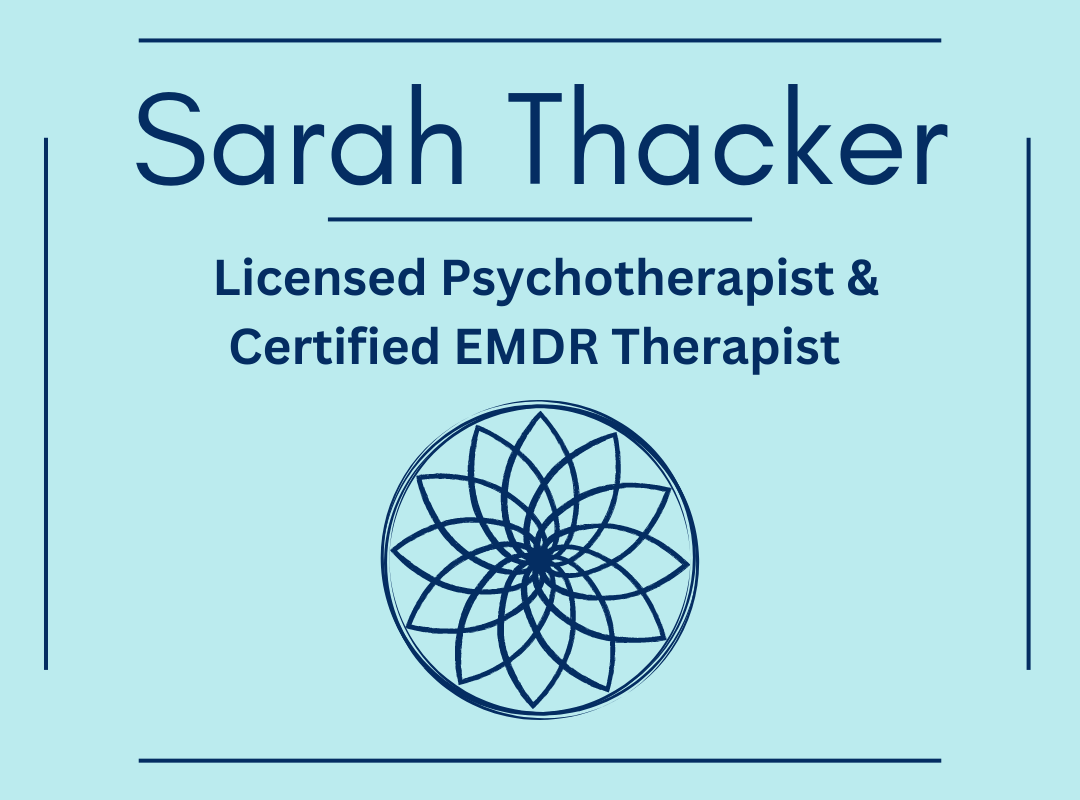We all have food cravings. You know, that feeling where you just want something sweet, or salty or crunchy, or maybe all three in one! But why do we have these cravings and what can we do about them? Occasional food cravings are normal, however if you struggle with emotional eating, the cravings may be emotionally driven. It is vital to become emotionally aware in order to differentiate what type of craving your are experiencing. This will allow you to make a conscious choice in the moment of a craving.
A general food craving is a message from your body. It may be trying to send you the message that you are dehydrated, that you have a nutritional deficiency, or that your energy dip may be related to a blood sugar imbalance. These are all really useful messages that are important to notice. When you truly listen to your body, you receive and understand these messages with clarity. A general food craving may also indicate that your daily diet is boring, uninspired, dull in flavor and lacking in a wide range of nutrients. The good news is, you can do something about all of this!
An emotional craving is different. An emotional craving is due to experiencing an emotion and not wanting to be present with it. There is a big difference. If you are experiencing a general food craving, you might be satisfied by having a small amount of what you are craving or a healthier version of what you are craving. With an emotional craving, this is often not the case as the food serves to numb the emotion only temporarily.
An emotional craving is far more difficult to manage and can lead to mindless overeating, weight gain and negative feelings about yourself and your body. The challenge is to begin to allow yourself to experience your emotions and have an alternative behavior aside from eating in order to manage your emotions.
When emotional eating has become deeply engrained as a behavior and your primary go-to coping skill to manage your emotions, it can take a long time to effectively manage and change it. If emotional cravings that lead to emotional eating do not become managed, it can lead to eating disorders, depression, anxiety and a low self-esteem.
Here are some examples of common emotional cravings:
When you are feeling lonely, food will be your friend and keep you company.
When you are feeling anxious, food helps to calm you down and temporarily occupy your mind.
When you are feeling sad, food becomes your comfort.
When you are feeling bored, food gives you something to do with your time.
When you are feeling down, food becomes your pleasure.
One strategy to begin to understand what may be driving your food cravings is keeping an emotional cravings journal. This is a place to write down, acknowledge and process your emotions in order to more deeply understand the why underneath and at the root of your craving. Another strategy is having a supportive person to talk to. This may be someone you trust, or someone such as a therapist or health coach to provide support as you work through your emotional cravings. Learning to manage, accept and experience your emotions will help you heal your relationship with food.
As a Wholistic Food Therapist, my focus is working with women who struggle with emotional eating. I have put together a 3-Step Emotional Cravings Protocol that helps to stop the cycle of deeply rooted emotional eating patterns. If you would like a FREE copy, sign up for my newsletter on my website so you can begin managing your emotional food cravings today.
Making peace with food is possible. If you find you would like more support along your path to healing, contact me as I have a number of ways to help support you along your journey to a healthy relationship with food as well as with yourself.



